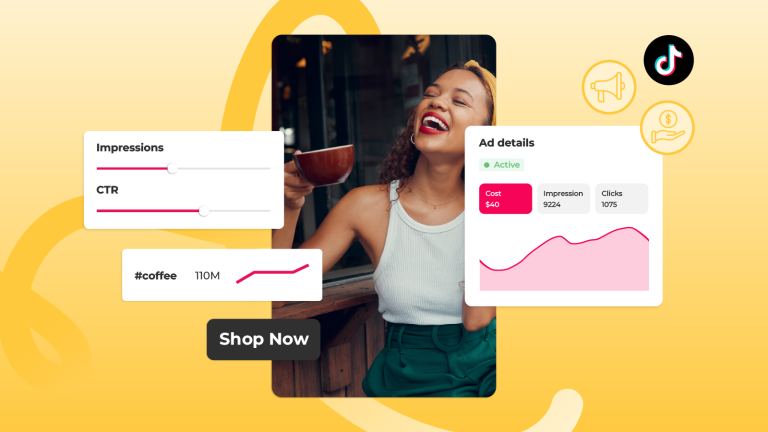Social Media
How Programmatic Advertising Works
Programmatic advertising operates with algorithms and real-time bidding (RTB) systems. The process works as follows:
- Data Collection: Behavioral, demographic, and geographic data of users are collected.
- Targeting: The most suitable audience for the advertising campaign is determined.
- Ad Placement: Through an automated bidding system, ad space is purchased on the most relevant platforms.
- Optimization: Campaign performance is monitored and optimized in real-time.
Types of Programmatic Advertising
Programmatic advertising offers various ad formats tailored to different needs:
- Display Ads: Banner-style ads that create a strong visual impact.
- Video Ads: Video content that captures users’ attention and increases engagement.
- Native Ads: Ad formats that blend seamlessly with website content, providing a less intrusive and more natural experience.
- Audio Ads: Ads that reach listeners on music platforms like Spotify.
- CTV Ads (Connected TV): Ad formats targeted at smart TV users.
Targeting Methods in Programmatic Advertising
Advanced targeting methods used in programmatic advertising increase the success of campaigns:
- Behavioral Targeting: Targets users based on their online behavior.
- Geographical Targeting: Focuses on users from specific locations.
- Device Targeting: Targets users based on their devices, such as mobile, desktop, or tablet.
- Contextual Targeting: Displays ads related to the content the user is viewing.
- Sociodemographic Targeting: Based on demographic data like age, gender, and occupation.
- Custom Audience: Specially created targeting segments based on the brand’s own database.
Advantages of Programmatic Advertising
- Efficiency: Reduces manual workload and enables quick execution thanks to automation.
- Advanced Targeting: Delivers personalized ads tailored to the needs of the target audience.
- Real-Time Optimization: Monitors campaign performance in real time and adjusts as needed.
- Scalability: Easily reaches a large audience.
- Cost Control: Ensures more efficient use of the advertising budget.
Applications of Programmatic Advertising
- E-commerce: Optimizes product ads based on the target audience’s interests, increasing sales.
- Service Industry: Ideal for businesses offering services in a specific region through geographical targeting.
- Brand Awareness: Builds brand awareness by reaching a broad audience with video and display ads.
- B2B Advertising: Effective on platforms like LinkedIn and other business-focused platforms with specialized targeting options.
Platforms Used in Programmatic Advertising
- DSP (Demand-Side Platform): Platforms where advertisers purchase programmatic ad space (e.g., Google DV360, The Trade Desk).
- SSP (Supply-Side Platform): Platforms where publishers offer ad spaces for sale.
- Ad Exchange: A marketplace that connects DSPs and SSPs, facilitating the ad buying and selling process.
Tips for Success in Programmatic Advertising
- Use of Accurate Data: Proper segmentation of the target audience enhances the effectiveness of ads.
- Creative Ad Formats: Engaging visuals and videos grab users’ attention.
- Performance Tracking: Continuous real-time monitoring and optimization of campaigns are essential.
- Test and Learn: Use A/B testing to determine the most effective ad formats and messages.
Programmatic advertising is one of the most powerful tools in digital marketing and supports businesses in achieving their growth objectives. With advanced technologies and data-driven approaches, this model allows you to use your advertising budget more effectively. If you want to learn more about programmatic advertising and develop a strategy tailored to your business, working with a digital marketing expert team can help optimize your processes.
If you’d like to learn more about how programmatic advertising can benefit your business, you can connect with MarkerGroupe to match your brand with the right target audience. Feel free to contact us for more information!




